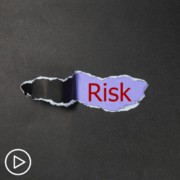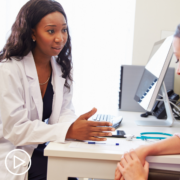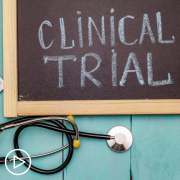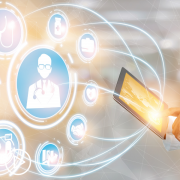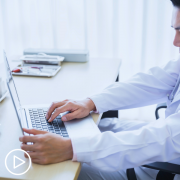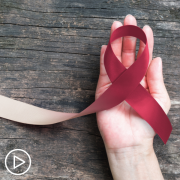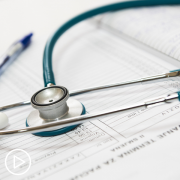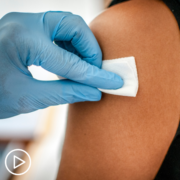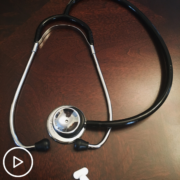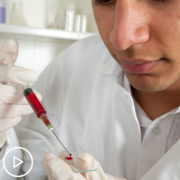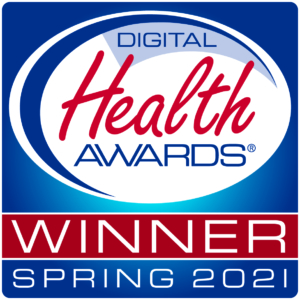BTK Inhibitor Treatment Side Effects | What CLL Patients Should Know
BTK Inhibitor Treatment Side Effects | What CLL Patients Should Know from Patient Empowerment Network on Vimeo.
What do chronic lymphocytic leukemia (CLL) patients need to know about BTK inhibitor treatment side effects? Expert Dr. Danielle Brander explains common side effects with BTK inhibitors.
Dr. Danielle Brander is an Assistant Professor in the Division of Hematologic Malignancies & Cellular Therapy at Duke University Medical Center. Learn more about Dr. Danielle Brander.
Download Resource Guide | Descargar Guía en Español
Related Programs:

|

|
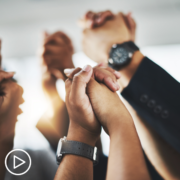
|
Transcript:
Lisa Hatfield:
We have a couple of questions about BTK inhibitors, and you already talked a little bit about the role of those and why they’re significant in treating CLL. But another patient’s asking about the, of course, a lot of patients wonder, what are the side effects? They hear chemo and like, “Oh, my gosh, the side effects are going to be off.” Can you talk about the side effects and even maybe some unusual side effects that you’ve heard of from patients when using the BTK inhibitors?
Dr. Danielle Brander:
Sure, absolutely. And so again, really important, these are things that as we maybe anticipate patients are going to start treatment, this is a long discussion of deciding between treatment, for example, as first treatment. There’s no trial saying one path is necessarily better than the other. So we try to individualize choosing between BTK inhibitors or that venetoclax-based therapy I mentioned. Some of that though comes about and what expected side effects are expected side effects for the individual. I try for patients to hear it from myself, other members of the team, the nurse, our pharmacist, for example.
And so patients shouldn’t feel overwhelmed to keep asking about what to expect or new side effects. There are some side effects we talk about regardless of the treatment. So I’ll just point out, anytime you’re starting treatment, you’ll hear the team talk about risk for infection, monitoring for fevers, reaching out to us about those kinds of side effects, lower blood counts that can happen regardless, not specific to BTK though it can happen there as well.
There’s some specifically though with BTK inhibitors, we ask patients to watch out for. Some BTK inhibitors can cause some cardiovascular side effects, meaning watching out for funny beating of the heart or what we call palpitations, skipped beats. There can be arrhythmias, some patients can have with time elevation in their blood pressure, for example. And then risk for bleeding, meaning BTK inhibitors affect how the platelets stick together similar to what aspirin does.
So the platelet levels may be normal but patients might have easier bruising, just generally manageable. But if there’s any kind of bleeding, certainly the team should be aware. It’s also the reason though, if you’re on a BTK inhibitor and you have a planned surgery or procedure, let your team know, because we may recommend or a lot of times recommend holding the medication before and after certain surgeries or procedures.
Other side effects can be muscle or joint aches. Some patients have some gastrointestinal side effects like looser stools or sensitivities to certain food causing looser stools, for example. And then there are some that are specific to the individual BTK inhibitor. This is the one point I’ll mention that first-generation BTK inhibitor ibrutinib, part of the reason for the second-generation zanubrutinib (Brukinsa) and acalabrutinib (Calquence) is not necessarily of them working better but to have less of these side effects that I just mentioned.
Share Your Feedback
Create your own user feedback survey

